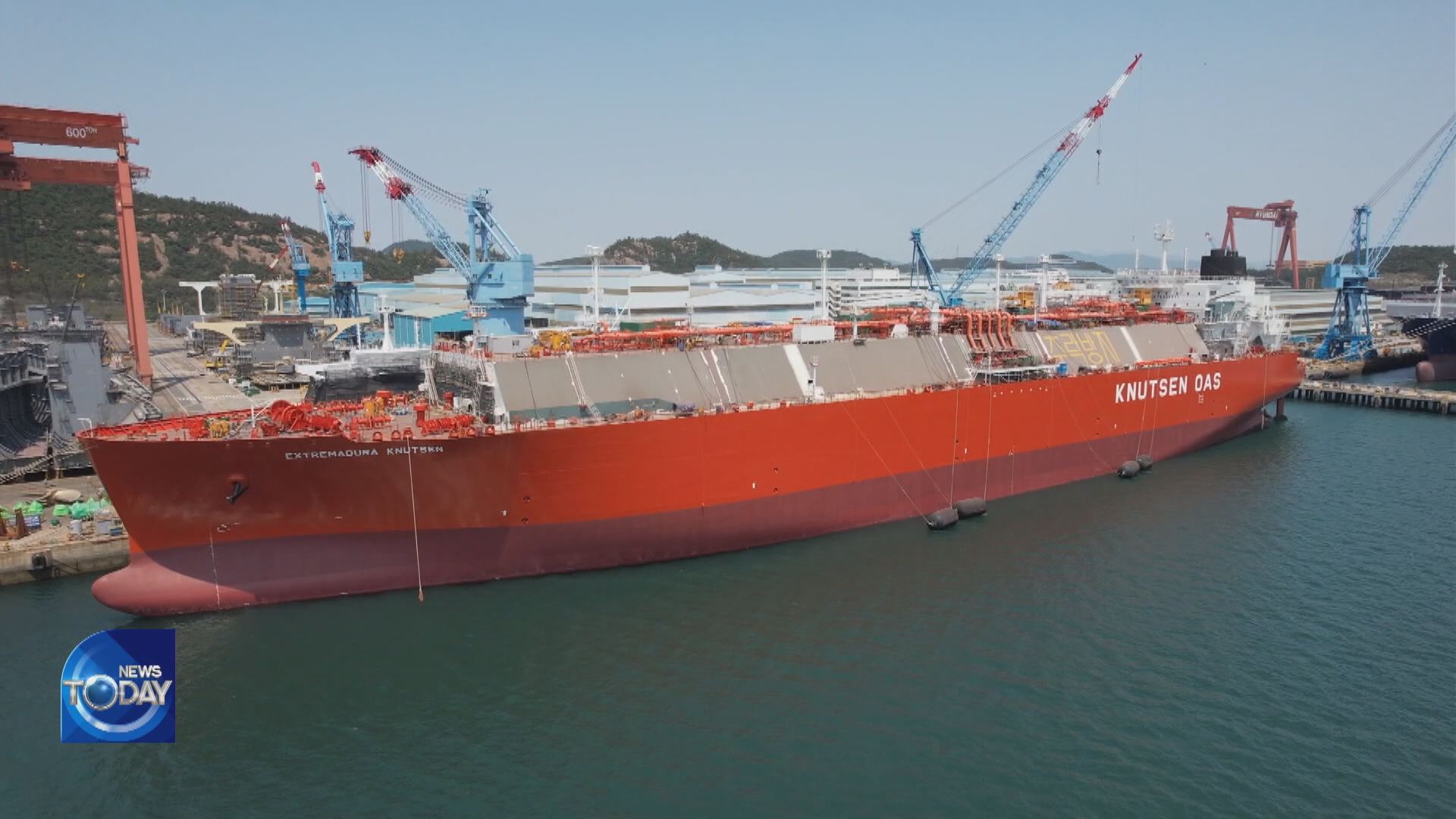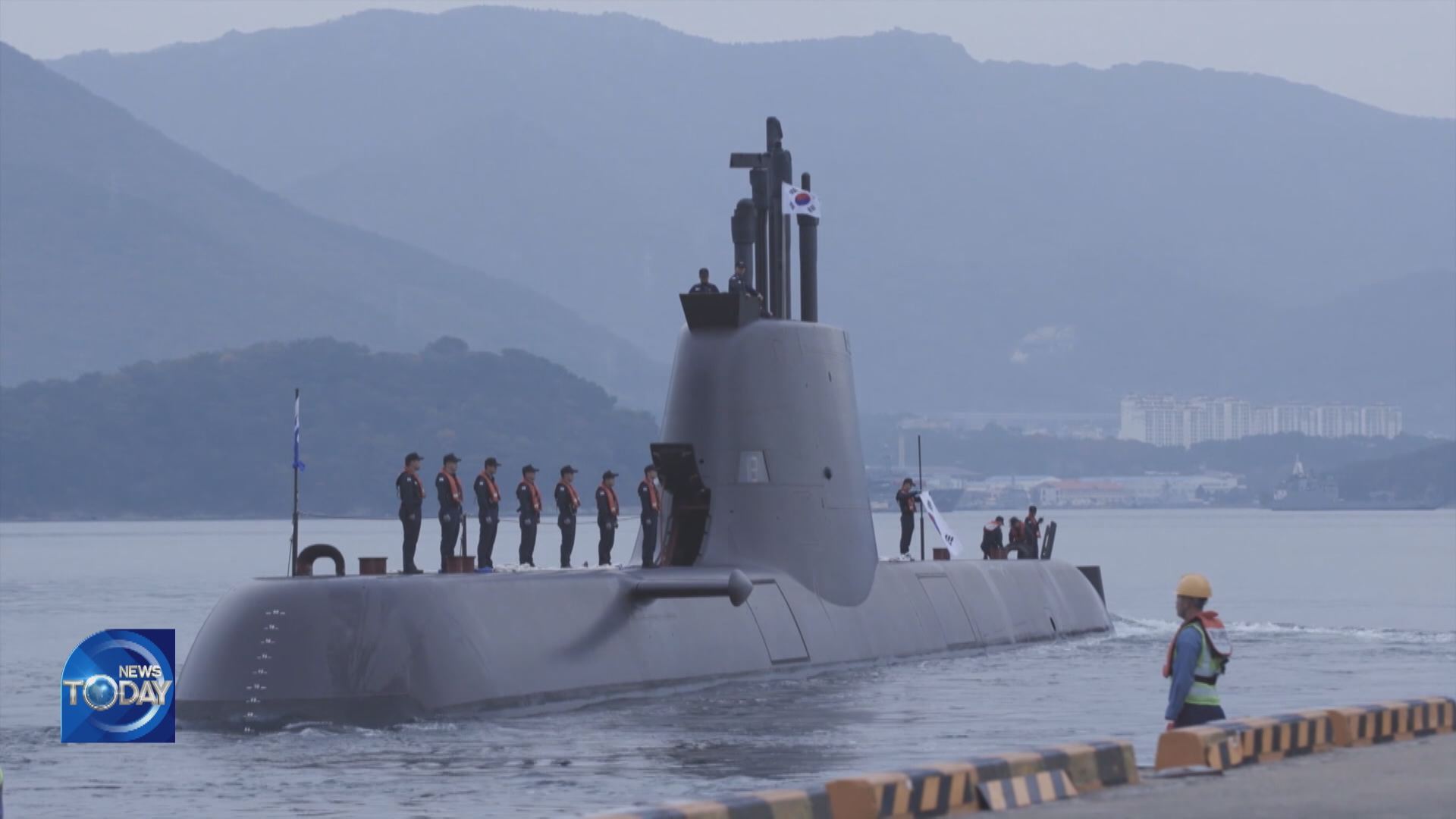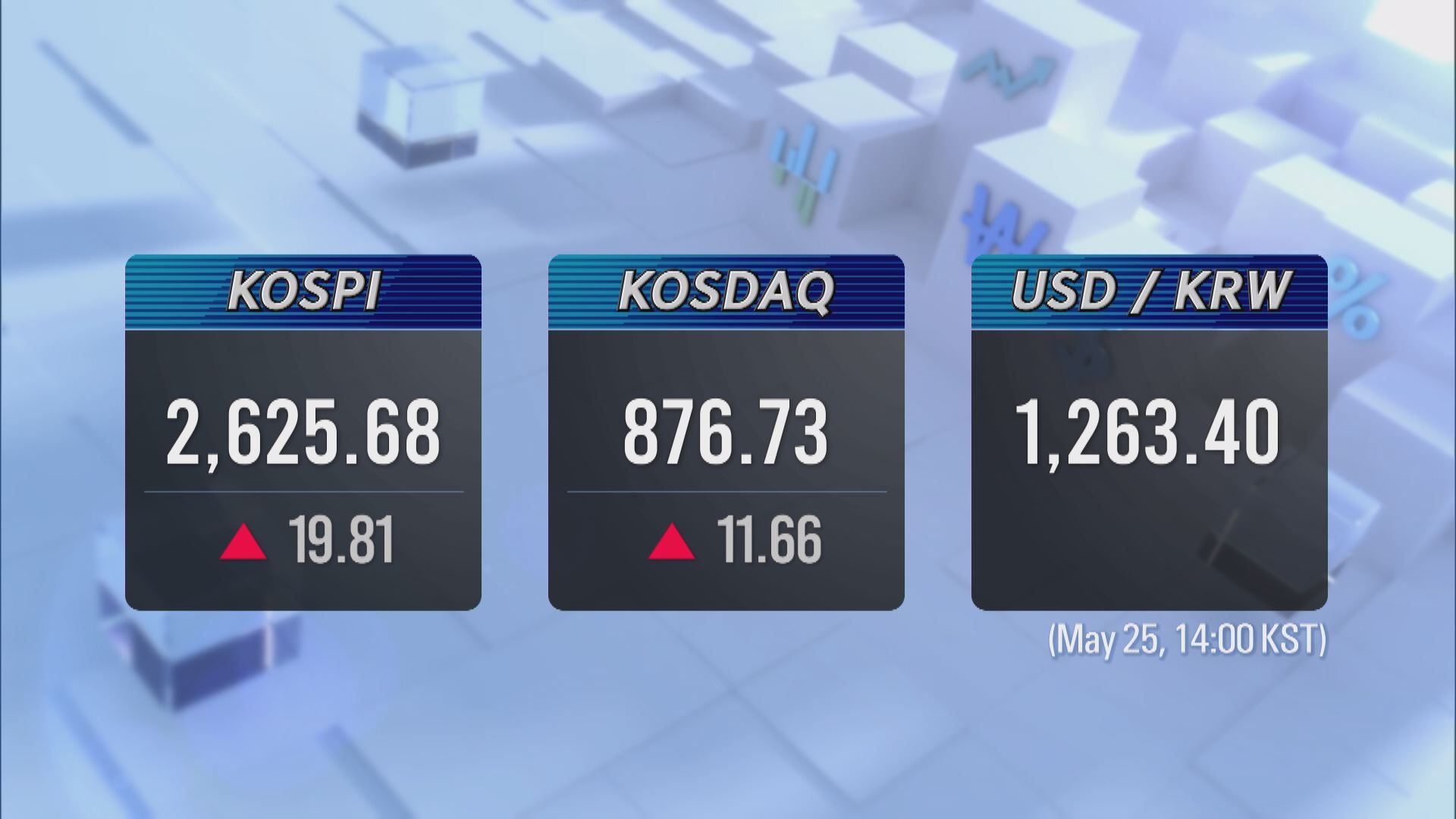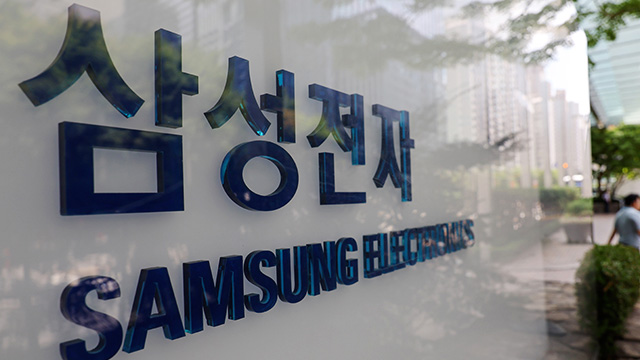SHIPBUILDING INDUSTRY REVITALIZES
입력 2022.05.25 (14:57)
수정 2022.05.25 (16:45)
읽어주기 기능은 크롬기반의
브라우저에서만 사용하실 수 있습니다.
[Anchor Lead]
A naming ceremony for Norwegian LNG carriers was held at Hyundai Samho Heavy Industries, the largest shipyard in the Jeollanam-do region. The shipbuilding industry is revitalizing since the pandemic but the industry’s manpower shortage is growing worse.
[Pkg]
Enormous liquid natural gas carriers measuring 299.6 meters long and 46 meters wide are unveiled to the world. It took roughly two years to build four of these vessels ordered by Norway’s Knutsen OAS Shipping. One vessel has the storage capacity of 174,000 cubic meters, equal to the LNG amount consumed in South Korea in three days. This is the first christening ceremony since such events were halted a year and a half ago to prevent the spread of COVID-19.
[Soundbite] Thomas Buberg(Site Manager, Knutsen OAS Shipping)
The LNG carriers built at this shipyard are equipped with dual-fuel X-DF engines that can simultaneously burn both the bunker fuel and natural gas that can evaporate during shipping. The ships also have a fuel-saving mechanism that reduces friction between the hull and seawater.
[Soundbite] Kim Jin-bae(Director, Hyundai Samho Heavy Industries) : "Chinese shipbuilders keep catching up, but Korea still leads the market in high-value and high-tech vessels."
Korean shipbuilders are enjoying a renewed boom from increasing overseas demands but contractors are having difficulty finding welders and other skilled workers.
[Soundbite] Yu In-suk(President, Yuil) : "There were about 12,000 to 13,000 workers at the Daebul Industrial Complex until 2016, but now there are only around 6,000 or 7,000."
More measures must be taken in order to keep the positive momentum going for the revitalized shipbuilding industry, including hiring more workers from abroad and supplying more carbon dioxide for welding.
A naming ceremony for Norwegian LNG carriers was held at Hyundai Samho Heavy Industries, the largest shipyard in the Jeollanam-do region. The shipbuilding industry is revitalizing since the pandemic but the industry’s manpower shortage is growing worse.
[Pkg]
Enormous liquid natural gas carriers measuring 299.6 meters long and 46 meters wide are unveiled to the world. It took roughly two years to build four of these vessels ordered by Norway’s Knutsen OAS Shipping. One vessel has the storage capacity of 174,000 cubic meters, equal to the LNG amount consumed in South Korea in three days. This is the first christening ceremony since such events were halted a year and a half ago to prevent the spread of COVID-19.
[Soundbite] Thomas Buberg(Site Manager, Knutsen OAS Shipping)
The LNG carriers built at this shipyard are equipped with dual-fuel X-DF engines that can simultaneously burn both the bunker fuel and natural gas that can evaporate during shipping. The ships also have a fuel-saving mechanism that reduces friction between the hull and seawater.
[Soundbite] Kim Jin-bae(Director, Hyundai Samho Heavy Industries) : "Chinese shipbuilders keep catching up, but Korea still leads the market in high-value and high-tech vessels."
Korean shipbuilders are enjoying a renewed boom from increasing overseas demands but contractors are having difficulty finding welders and other skilled workers.
[Soundbite] Yu In-suk(President, Yuil) : "There were about 12,000 to 13,000 workers at the Daebul Industrial Complex until 2016, but now there are only around 6,000 or 7,000."
More measures must be taken in order to keep the positive momentum going for the revitalized shipbuilding industry, including hiring more workers from abroad and supplying more carbon dioxide for welding.
■ 제보하기
▷ 카카오톡 : 'KBS제보' 검색, 채널 추가
▷ 전화 : 02-781-1234, 4444
▷ 이메일 : kbs1234@kbs.co.kr
▷ 유튜브, 네이버, 카카오에서도 KBS뉴스를 구독해주세요!
- SHIPBUILDING INDUSTRY REVITALIZES
-
- 입력 2022-05-25 14:57:43
- 수정2022-05-25 16:45:07

[Anchor Lead]
A naming ceremony for Norwegian LNG carriers was held at Hyundai Samho Heavy Industries, the largest shipyard in the Jeollanam-do region. The shipbuilding industry is revitalizing since the pandemic but the industry’s manpower shortage is growing worse.
[Pkg]
Enormous liquid natural gas carriers measuring 299.6 meters long and 46 meters wide are unveiled to the world. It took roughly two years to build four of these vessels ordered by Norway’s Knutsen OAS Shipping. One vessel has the storage capacity of 174,000 cubic meters, equal to the LNG amount consumed in South Korea in three days. This is the first christening ceremony since such events were halted a year and a half ago to prevent the spread of COVID-19.
[Soundbite] Thomas Buberg(Site Manager, Knutsen OAS Shipping)
The LNG carriers built at this shipyard are equipped with dual-fuel X-DF engines that can simultaneously burn both the bunker fuel and natural gas that can evaporate during shipping. The ships also have a fuel-saving mechanism that reduces friction between the hull and seawater.
[Soundbite] Kim Jin-bae(Director, Hyundai Samho Heavy Industries) : "Chinese shipbuilders keep catching up, but Korea still leads the market in high-value and high-tech vessels."
Korean shipbuilders are enjoying a renewed boom from increasing overseas demands but contractors are having difficulty finding welders and other skilled workers.
[Soundbite] Yu In-suk(President, Yuil) : "There were about 12,000 to 13,000 workers at the Daebul Industrial Complex until 2016, but now there are only around 6,000 or 7,000."
More measures must be taken in order to keep the positive momentum going for the revitalized shipbuilding industry, including hiring more workers from abroad and supplying more carbon dioxide for welding.
A naming ceremony for Norwegian LNG carriers was held at Hyundai Samho Heavy Industries, the largest shipyard in the Jeollanam-do region. The shipbuilding industry is revitalizing since the pandemic but the industry’s manpower shortage is growing worse.
[Pkg]
Enormous liquid natural gas carriers measuring 299.6 meters long and 46 meters wide are unveiled to the world. It took roughly two years to build four of these vessels ordered by Norway’s Knutsen OAS Shipping. One vessel has the storage capacity of 174,000 cubic meters, equal to the LNG amount consumed in South Korea in three days. This is the first christening ceremony since such events were halted a year and a half ago to prevent the spread of COVID-19.
[Soundbite] Thomas Buberg(Site Manager, Knutsen OAS Shipping)
The LNG carriers built at this shipyard are equipped with dual-fuel X-DF engines that can simultaneously burn both the bunker fuel and natural gas that can evaporate during shipping. The ships also have a fuel-saving mechanism that reduces friction between the hull and seawater.
[Soundbite] Kim Jin-bae(Director, Hyundai Samho Heavy Industries) : "Chinese shipbuilders keep catching up, but Korea still leads the market in high-value and high-tech vessels."
Korean shipbuilders are enjoying a renewed boom from increasing overseas demands but contractors are having difficulty finding welders and other skilled workers.
[Soundbite] Yu In-suk(President, Yuil) : "There were about 12,000 to 13,000 workers at the Daebul Industrial Complex until 2016, but now there are only around 6,000 or 7,000."
More measures must be taken in order to keep the positive momentum going for the revitalized shipbuilding industry, including hiring more workers from abroad and supplying more carbon dioxide for welding.
이 기사가 좋으셨다면
-
좋아요
0
-
응원해요
0
-
후속 원해요
0

















이 기사에 대한 의견을 남겨주세요.